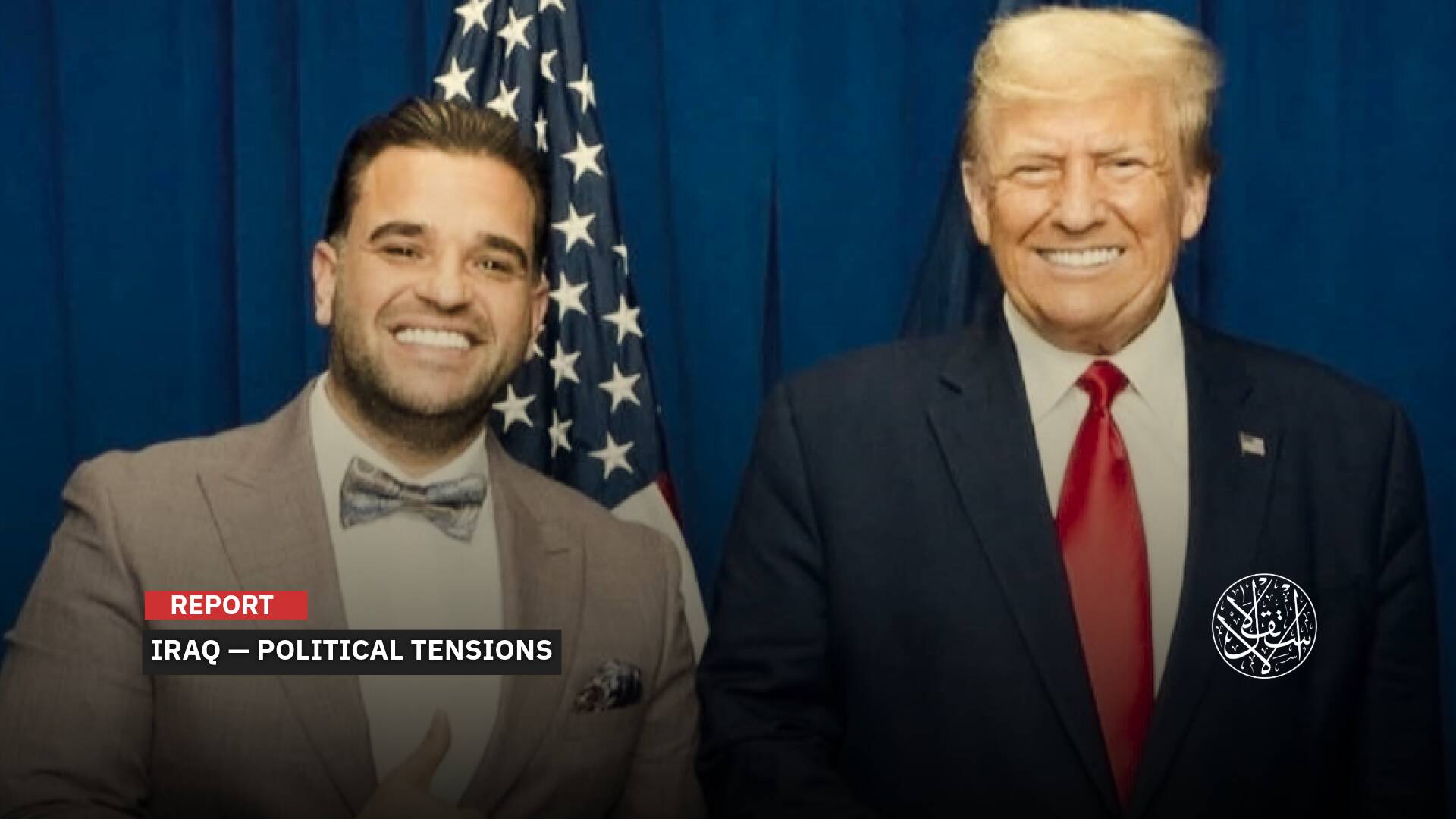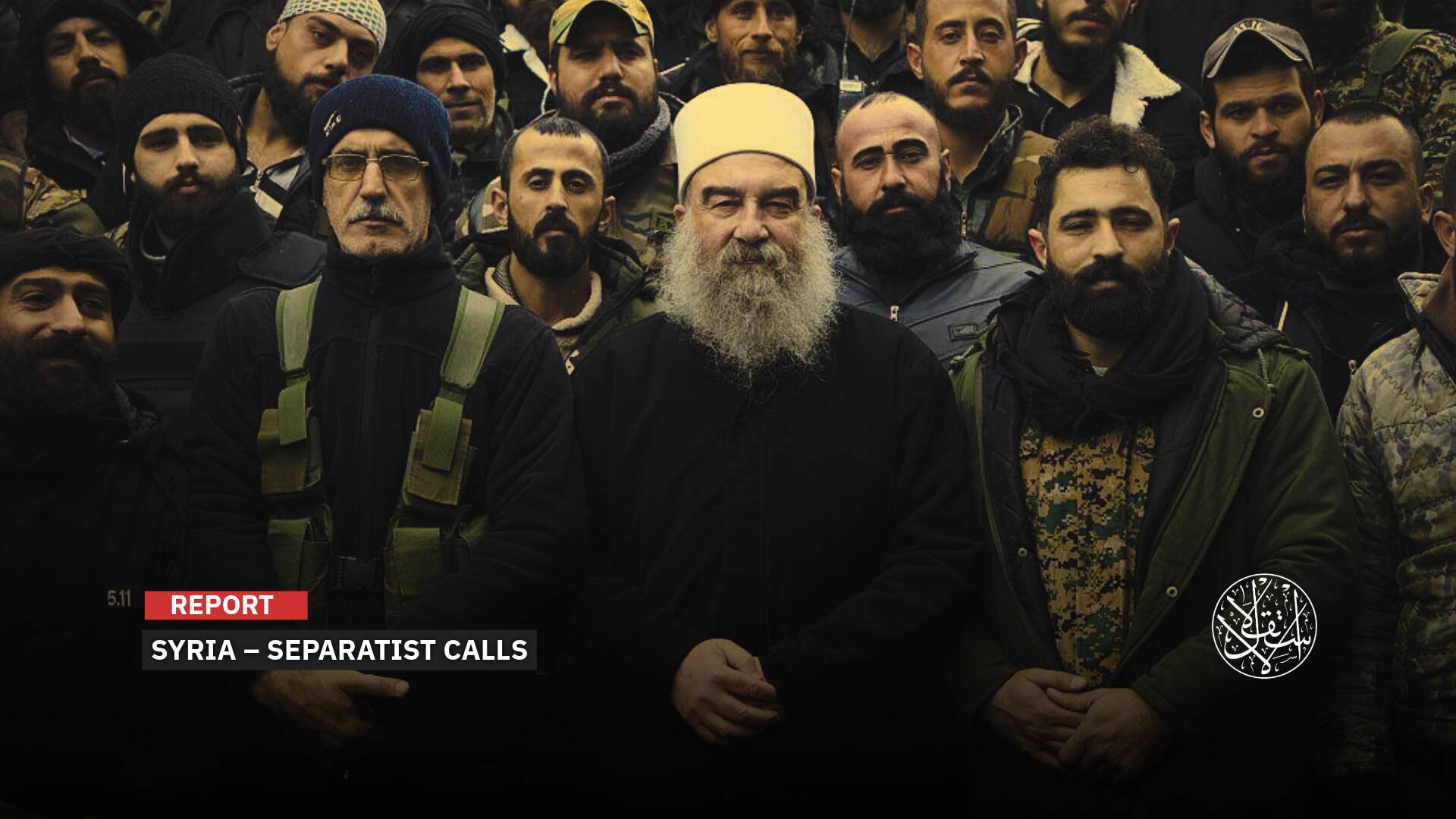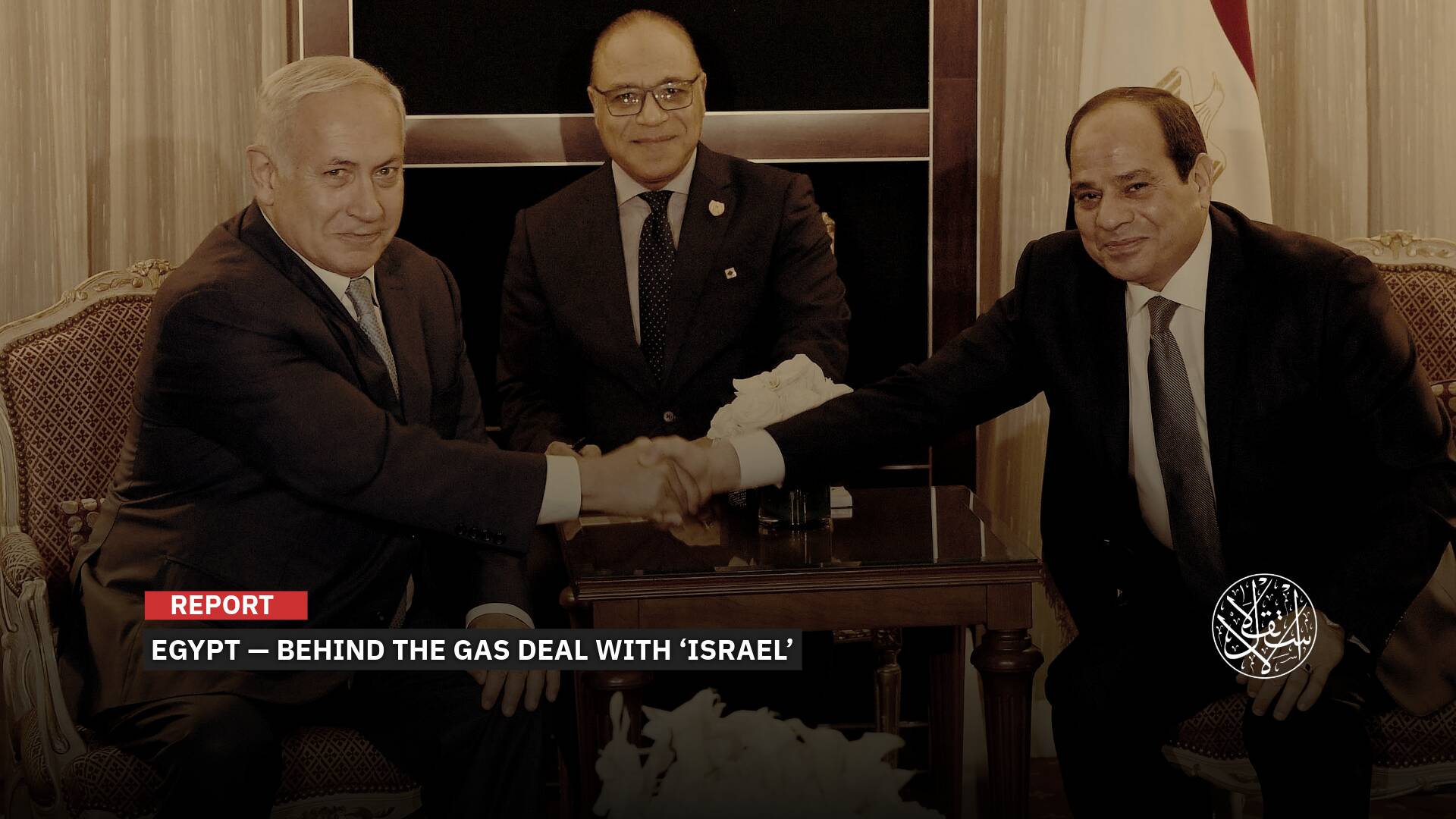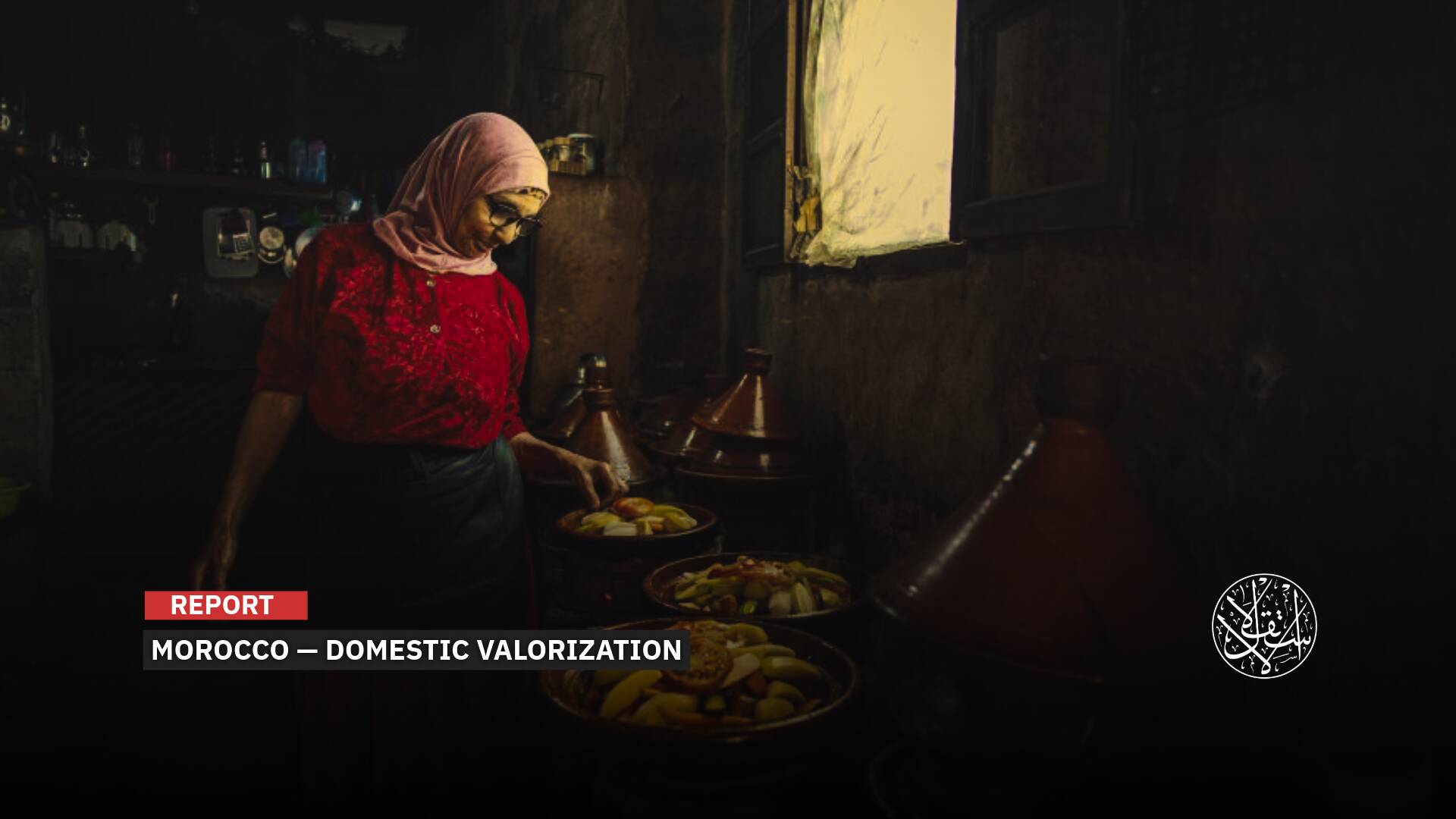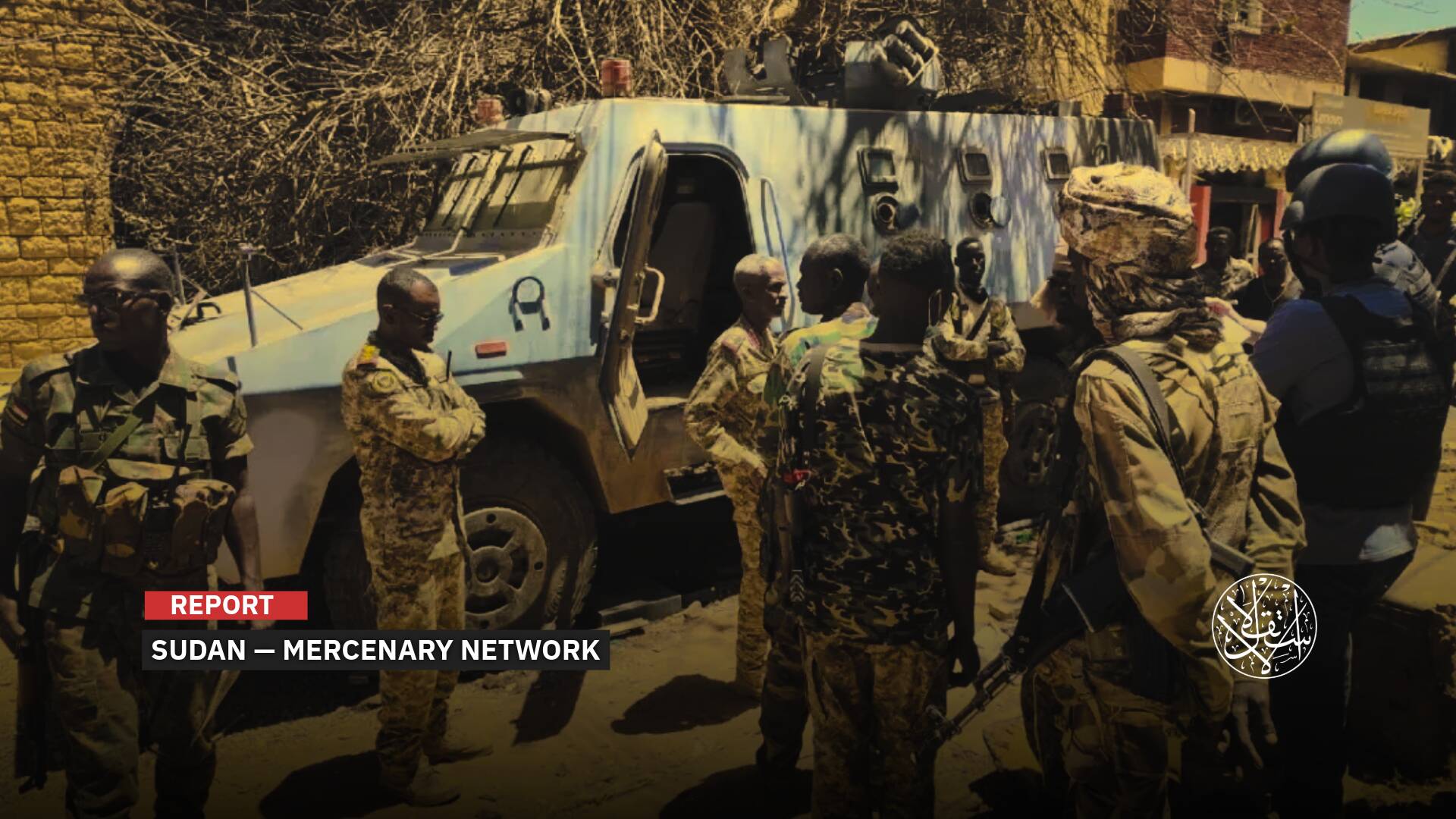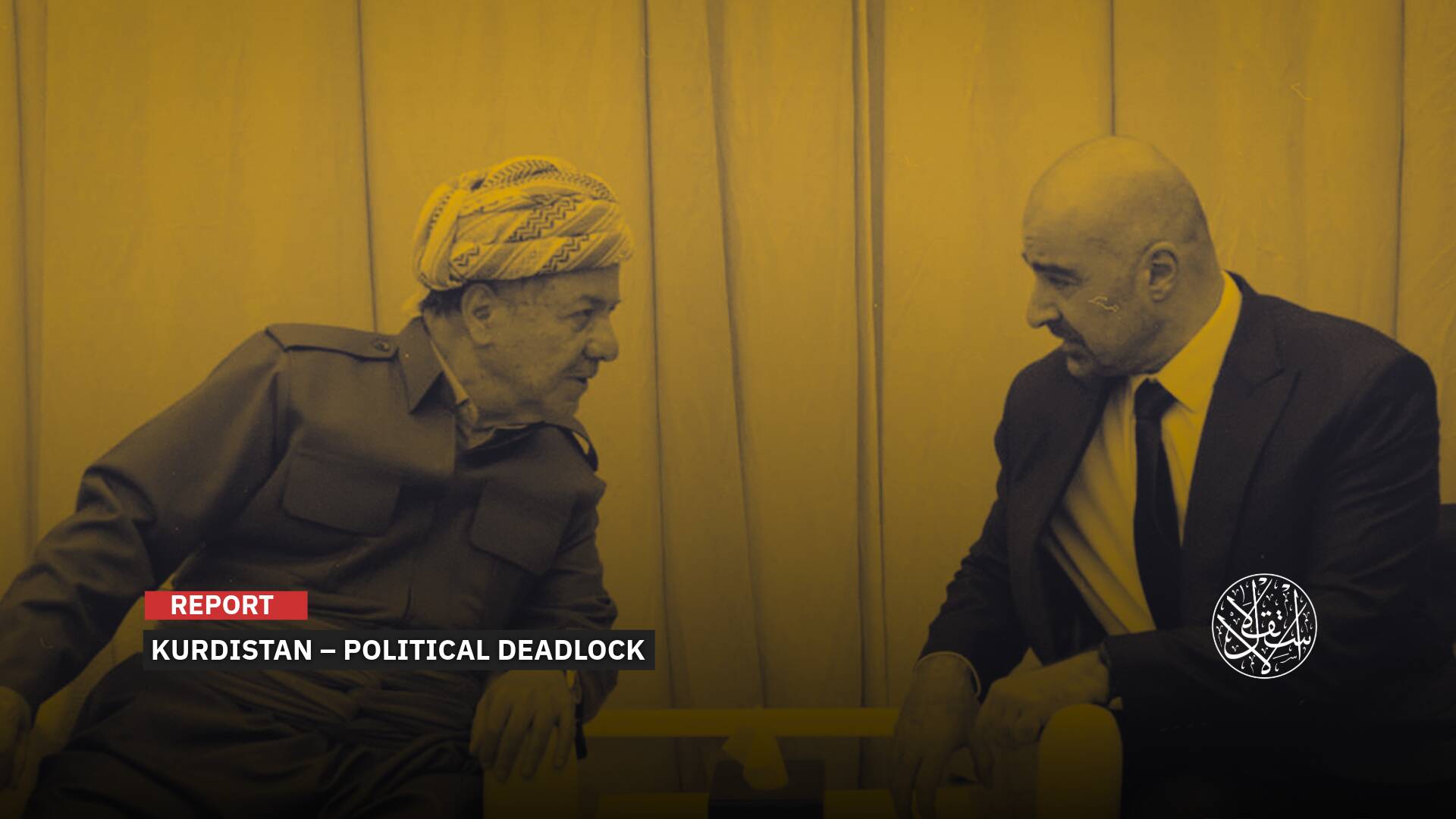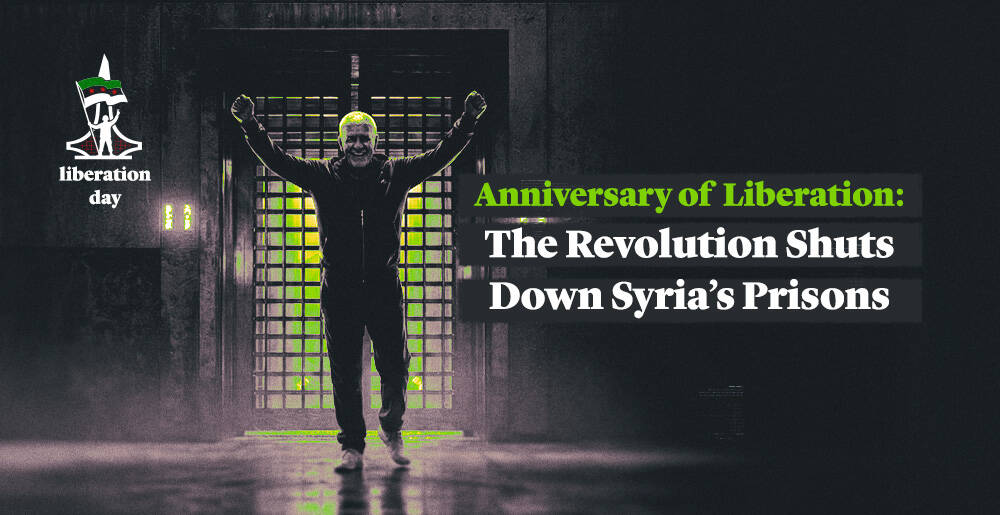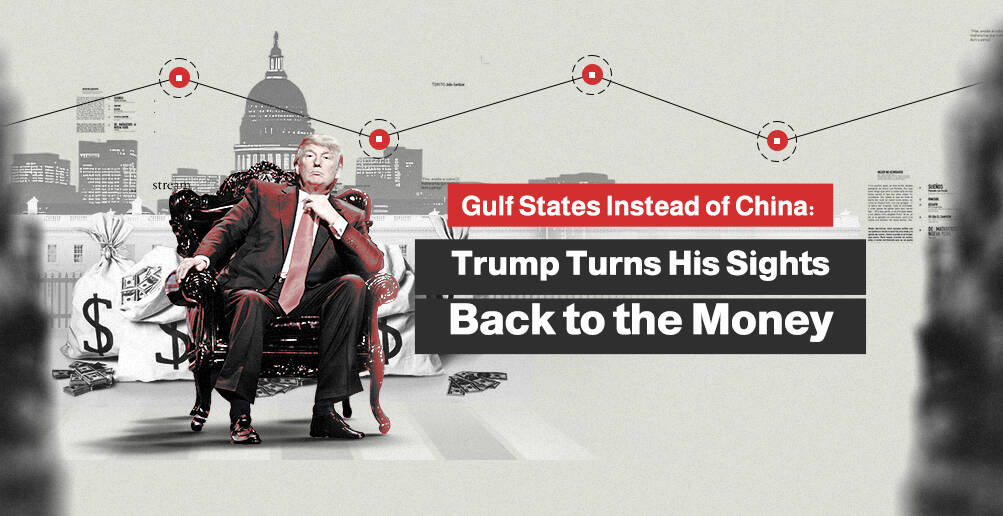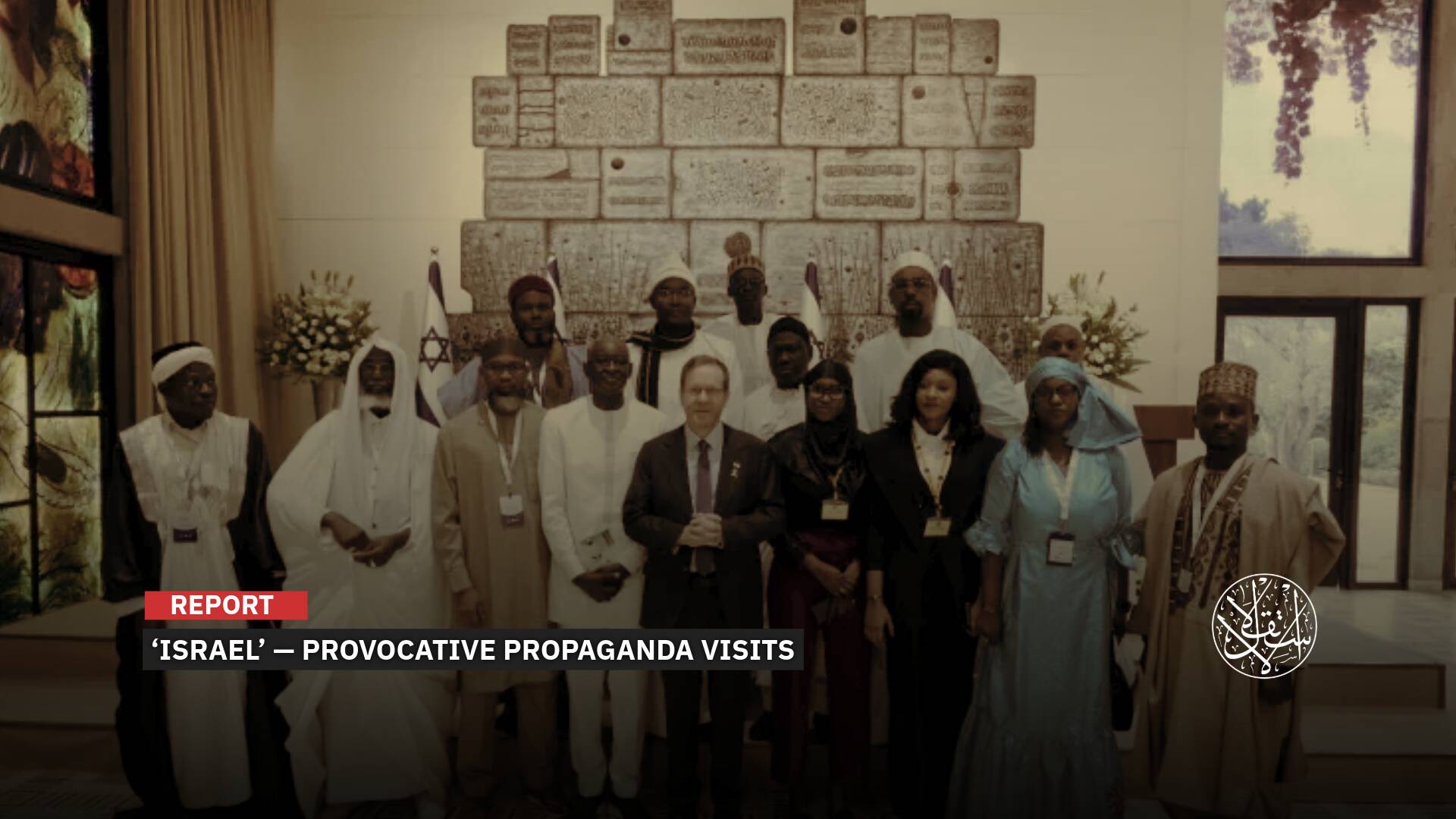Mahsoub’s Deadly Standoff with the Egyptian Police: Villain or Victim?

Three-day police clash ends with Mahsoub family's death.
The recent three-day armed conflict between the police and the family of a local security fugitive, Mohamed Mahsoub Ibrahim, in a village in Egypt’s Assiut governorate has raised questions about the true nature of the events and the reasons behind such violence from both sides.
The confrontation, which involved heavy weaponry, saw the participation of special forces (Black Cobra) and 20 combat units from the Central Security forces.
The clashes resulted in the death of Mahsoub and seven of his family members, with the police demolishing three houses.
Gunfire lit up the night sky while the explosions of grenades shook the air, and the wail of dozens of security vehicles filled the city.
The police and state-affiliated media portrayed Mahsoub as an arms and drug dealer, referring to him as the "Cairo of the South," a term used for notorious criminals.
They claimed he was implicated in 1,200 cases since 2011 and was wanted for multiple convictions.
However, activists and local villagers expressed sympathy for Mahsoub, pointing to a video he posted before his death in which he detailed corruption among police officers, naming individuals involved.
His speeches on social media, marked by formal Arabic, stood in stark contrast to the typical rhetoric of thugs and drug dealers.
What is the full story? Why the use of heavy weaponry, a special intervention unit, and 30 military formations? Why were the three homes demolished, and who exactly was this tribal leader? Was he truly a criminal, or a victim of police corruption, as he claimed in a series of videos broadcast on Facebook?
The Official Narrative
After more than 60 hours of continuous shelling and gunfire over the span of three days, a major security operation by the Assiut Security Directorate successfully dismantled what the police described as a "criminal stronghold" in the village of al-Afadra in the Sahel Selim district of Assiut on February 17, 2025.
The official narrative, as reported by both the Ministry of the Interior and government-aligned media outlets, which rarely deviate from the state’s version of events, was largely consistent.
It centered around the accusation that the deceased, along with his family, was part of the "Cairo of the South"—a reference to prominent criminals—engaged in arms and drug trafficking.
The roots of Mahsoub's story date back to 2011, following the January Revolution, when "he exploited the security vacuum that prevailed in the country at the time to establish his gang and assert his dominance over al-Afadra village," according to Masrawy on February 18, 2025.
Over the years, multiple security attempts to apprehend him had failed, due to the village's rugged geography, with its mountainous regions and dense agricultural areas, which Mahsoub and his associates used as natural hideouts and escape routes.
Residents of the village revealed that clashes had occurred between Mahsoub's family and the Aliwa family over a piece of land measuring one acre.
The government, they said, intervened after the conflict, launching an attack on Mahsoub.
The armed clashes between police forces and members of the Mahsoub family continued for three consecutive days, ending with the death of Mahsoub and his family.
Security forces imposed a stringent blockade on the village, sealing off all entrances and exits, while deploying troops among the crops and fruit trees to prevent any escape attempts.
After resistance from the criminal elements, the security forces managed to storm the houses where they had taken refuge, demolishing concrete walls and bunkers that had been used as their last line of defense.
An anonymous security source told Al-Masry Al-Youm on February 17, 2025, that "Public security and criminal investigation forces, along with 30 units of the Central Security Forces, succeeded in neutralizing the criminal stronghold and demolished the three houses where the suspects had barricaded themselves."
This implied the possible use of explosives, shells, or heavy armored vehicles to destroy the structures.
Reports about the number of casualties varied, with the Ministry of the Interior's statement confirming eight fatalities.
Other reports indicated five of his associates, including two minors, had been killed, in addition to the injury of one of the officers involved in the operation.
The Ministry of the Interior’s statement further emphasized that the deceased was a suspect in 44 major crimes, including drug trafficking, murder, weapon possession, armed robbery, and arson, and had been sentenced to life imprisonment for a cumulative 191 years.
The rest of the family members were also sentenced to life in prison for the same charges, with one of them receiving a sentence of 108 years.
Another Version of the Story
In contrast to the narrative provided by Egypt’s Ministry of Interior and the state-aligned media, many Egyptians have raised questions.
How could a so-called "terrorist figure" from the so-called "line of the South" appear in a video denouncing police corruption, appealing for the president’s protection, and calling for his surrender to prove his innocence, only to end up dead? How, they ask, does the Interior Ministry continue to operate outside the bounds of the law, perpetuating extrajudicial killings?
The slain suspect, "Mahsoub," had posted several videos in which he accused corrupt police officers of orchestrating the campaign against him.
In these videos, he called on the head of the regime Abdel Fattah el-Sisi to intervene.
His speech, marked by eloquent Arabic and religious phrases, led activists to question the police narrative that he was a criminal involved in arms and drug trafficking.
Before his death, Mahsoub uploaded several videos to his Facebook account, which is followed by 27,000 Egyptians.
The videos, viewed by 3,500 people, sparked mixed reactions—some supported him, while others ridiculed him.
One of the striking aspects that caught the attention of many Egyptians was Mahsoub’s attempt to present himself as a victim of police corruption in Asyut (southern Egypt), pleading with President Sisi to intervene.
“God does not amend the actions of the corrupt. Only what is meant to happen, happens in God’s kingdom. Those who are content with God’s will and trust in Him will not be harmed. We place our trust in God, and He is our best protector," Mahsoub said in a lengthy video.
Mahsoub accused "corrupt Interior Ministry officials in the Sahel Selim district," particularly officers Mustafa Hashem, his assistant, and Mohamed Al-Seif, of "deliberately attempting to kill us outside the law."
He claimed they were using the power of the state to corrupt, enforce bullying tactics, and further their personal interests.
He also alleged that they had fabricated 500 cases against him and his family, and despite submitting numerous complaints, none were addressed.
He threatened the officers, stating, “An eye for an eye.”
In another comment, "Mahsoub" hinted that the police were using "toxic substances," which he claimed were circulating in the air.
He urged residents of his village and surrounding areas to close their windows to avoid exposure to these alleged harmful materials.
Human rights activist Haytham Abo Khalil suggested the possibility that "Mahsoub" may have been a victim of corruption within Egypt’s security forces in Upper Egypt.
He questioned, “Why is it that in confrontations between the police and those allegedly outside the law, there are no injuries—only fatalities?”
Following the Ministry of Interior's statement regarding the killing of Mohamed Mahsoub and seven others in the Sahel Selim district of Asyut, the Egyptian Network for Human Rights published a list of 15 individuals it claimed had been "executed" in the past few years in Sahel Selim and neighboring areas.
Why the Black Cobra?
Before the clashes broke out on February 15, 2025, reports suggested that tensions between two families, those of Mohamed Mahsoub Ibrahim and Hassan Aliwa, escalated into a gunfight.
However, the peculiar twist in the narrative was the role of the police, who, rather than intervening to separate the two families, directed their fire at Mahsoub's household, implicitly siding with the Aliwa family without clear explanation.
The operation ended with the death of eight members of the Mahsoub family.
According to Masrawy news outlet, the initial conflict began after a dispute between Mahsoub and another family over the purchase of a house, though other reports suggested it was a land ownership row.
The website added that this altercation was the spark that led security forces to launch a large-scale operation, aiming to eliminate what they described as an "organized criminal network" that had long terrorized local residents, though it failed to explain why the police sided with one family over the other.
This official version raised several questions: why did the police move against a man who had been wanted since 2011 and was accused of crimes punishable by a staggering 191 years in prison? Why did they align with a family in conflict with a group described as "the worst of Upper Egypt's criminals"?
How did the Interior Ministry carry out the raid and eliminate the suspects, who were reportedly armed with heavy weapons? What type of weapons did the police use? And did the relatively small amount of seized arms match the accusations that Mahsoub was a weapons dealer?
Egyptian media reports confirmed that a special force known as the "Black Cobra" was deployed in the operation.
This elite unit, part of the Central Security Directorate's Counter-Terrorism Division, is specially trained for high-risk operations in volatile areas.
Equipped with military-grade hardware, including armored vehicles and military-style gear, the Black Cobra forces are tasked with confronting the most dangerous threats.
Interestingly, just a week before the clash, the Egyptian Ministry of Interior released a video titled "Your Security, Our Message" on February 9, 2025.
The footage, showcasing their combat capabilities and featuring the Black Cobra forces, was released alongside an intensifying media campaign against "Israel" and a display of Egypt's military strength in Sinai, raising questions about the connection between the police and the escalating Egyptian-Israeli tensions surrounding the Gaza displacement issue.
General Abu Bakr Abdel Karim, former assistant minister of interior for media, relations, and human rights, explained the video's timing to "Al Arabiya" as a signal to "enemies of the nation" that Egypt's security and stability are non-negotiable.
Abdel Karim stated, "Their appearance in the video reflects their full readiness and preparation to carry out any tasks assigned to them for the protection of the internal front," highlighting "the Ministry of the Interior's readiness, along with its officers and soldiers, to handle all situations."
Abdel Karim confirmed that "the escalating intensity of conflicts and unrest at both the regional and international levels" prompted the Ministry of the Interior to "showcase its capabilities."
The "decisive confrontation with all forms of lawlessness and the thwarting of the persistent and desperate attempts by terrorist organizations, as well as the crippling of any movements they might make to achieve the objectives of external forces—seeking revenge for Egypt’s positions and its political leadership," were emphasized by Abdel Karim.
Experts interpret this display of quasi-military security forces in Egypt and their use in resolving the "Mohammed Mahsoub family" issue as a message from the authorities to any internal factions in Egypt contemplating resistance against the regime, reminiscent of the 2011 January revolution.
Experts estimate that this violent response by the Ministry of the Interior towards the "line of Upper Egypt" family and the destruction of three homes was a demonstration of police strength against any potential armed protests against the state.
This comes amid rumors that some might be considering importing the Syrian model to Egypt.
Other experts suggest that the armed conflict in Assiut could be the result of a continuous shift in focus from "criminal security" to "political security" in Egypt, if it is true that the tribal leader was indeed a gang leader and arms and drug trafficker, as claimed by the police.
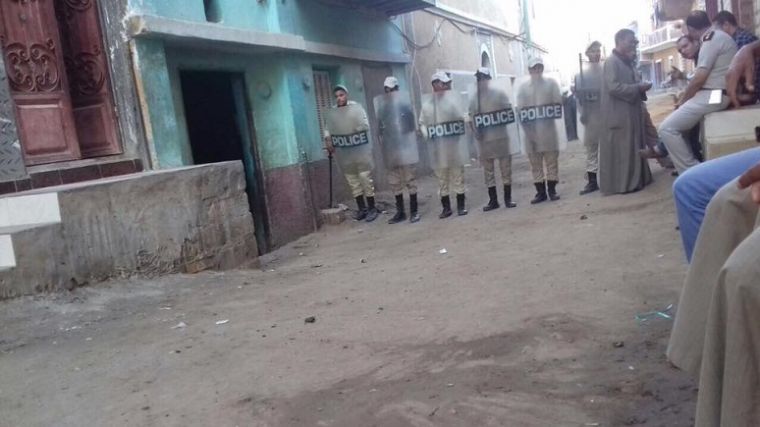
RPG and Goryunov!
It was a strange twist that Egyptian newspapers, citing security sources, accused the family of the criminal suspect of using heavy weaponry to repel a police attack, including RPG rockets and a Goryunov machine gun, yet 8 family members were killed and one police officer injured.
According to Shorouk newspaper on February 14, 2025, "criminal elements initiated heavy gunfire towards the police forces, using RPG launchers, F1 hand grenades, and automatic rifles. They also detonated gas cylinders to hinder the advance of the forces."
"The response from the forces, though details were not specified, resulted in the deaths of all eight suspects and the injury of one officer from the Central Security Directorate, while a large quantity of drugs and a weapons cache were seized," the newspaper continued,
The weapons seized reportedly included an RPG launcher, a machine gun, two Goryunov grenade grenade launchers, 73 automatic rifles, 11 shotguns, 62 homemade pistols, and 8 F1 hand grenades, despite Mahsoub’s alleged involvement in arms trafficking.
The Ministry of Interior’s statement affirmed that the suspects "opened fire on the forces, using RPGs, F1 grenades, and automatic rifles."


